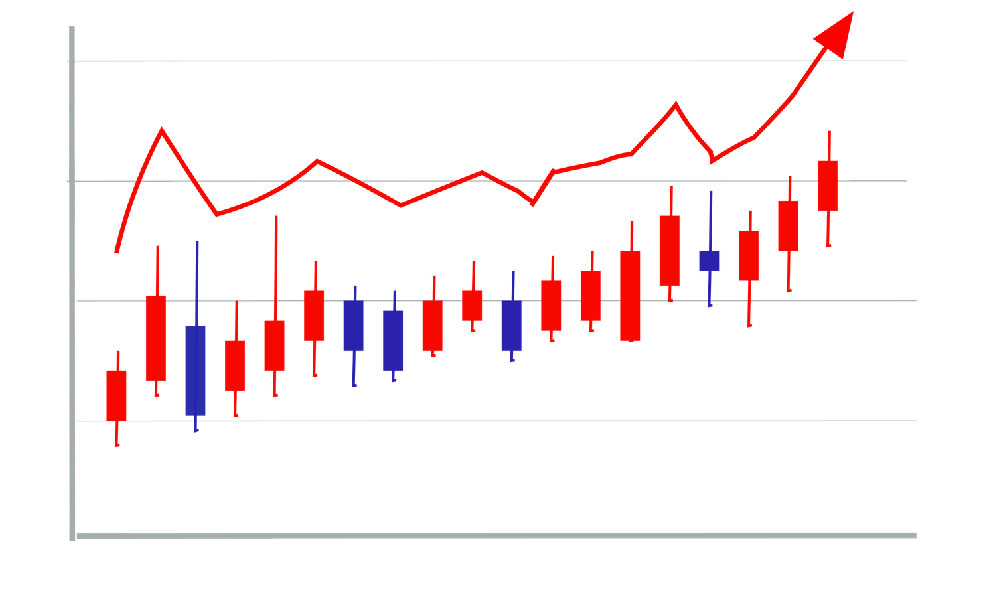Venmo's Revenue Model: How It Makes Money and Earns Profit
Venmo, as a digital payment platform under the umbrella of PayPal, operates within a complex and evolving financial ecosystem that leverages both traditional and innovative revenue streams. While its core function revolves around facilitating peer-to-peer transactions, the platform’s profitability is driven by a combination of transaction fees, partnerships with businesses, and strategic monetization of user data and engagement. Understanding Venmo’s financial model requires delving into the interplay between its user base, technological infrastructure, and the broader payments industry.
One of the primary mechanisms through which Venmo generates revenue is by imposing fees on certain types of transactions. For instance, while users can send and receive money for free, the platform charges a small fee for instant transfers to a bank account or card. This fee, typically around 1.5% to 2% of the transaction amount, serves as a critical income source for Venmo. Additionally, when users wish to withdraw funds from their Venmo balance to a linked bank account, they may encounter a per-transaction fee, which further contributes to the platform’s earnings. These fee structures are designed to balance user accessibility with the need to sustain operational costs, particularly given the infrastructure required to process transactions securely and efficiently. Beyond individual transactions, Venmo also generates revenue through its integration with larger financial systems. For example, when users transfer money to a Venmo-linked card, the platform earns a percentage of the fee charged by the card issuing bank. This indirect revenue model allows Venmo to capitalize on the broader marketplace without directly monetizing every user interaction.
Another significant revenue channel involves partnerships with merchants. Venmo has expanded its services to include a platform for small businesses, enabling them to accept payments from customers via the app. In this context, merchants are charged a fee for processing transactions through Venmo, typically around 2.9% plus a fixed amount for each payment. This partnership not only provides Venmo with a new stream of income but also aligns with its strategic goal of transitioning from a purely consumer-focused tool to a more diversified financial services provider. By offering businesses a seamless payment solution, Venmo can capture a share of the transaction value while streamlining the payment process for its users. These partnerships also introduce additional opportunities for the platform to monetize user data, as the transactions between individuals and businesses generate valuable insights into spending habits and preferences.

Venmo’s financial model is further enriched by its monetization of user engagement and activity. The platform’s mobile app, which includes features such as peer-to-peer payments, instant messaging, and the ability to track transaction history, has been designed to maximize user retention. While these features are generally free, Venmo leverages its large user base to generate revenue through targeted advertising. For example, users may encounter promotional content for affiliated merchants or financial products within their transaction history or messaging interface. This approach allows Venmo to create a dual benefit: it enhances user experience by providing relevant information and simultaneously generates income through advertising. Additionally, the platform’s role in facilitating digital payments has positioned it to benefit from the broader shift toward cashless transactions, where the volume of transactions and the frequency of user activity contribute to its financial health.
The integration of Venmo with other financial services also plays a pivotal role in its profitability. For example, Venmo’s prepaid cards and its partnership with banks to offer financial products such as savings accounts and credit cards create additional revenue opportunities. These services not only provide Venmo with transaction fees but also enable the platform to earn interest income from holding user funds. The financial product offerings are often part of broader alliances with banks and financial institutions, which can result in revenue-sharing agreements or affiliate marketing fees. By embedding itself within the financial ecosystem, Venmo can capitalize on multiple revenue streams while offering users a more comprehensive suite of financial tools.
Venmo’s ability to remain profitable is also tied to its scale and market expansion. As the platform continues to grow its user base, the volume of transactions increases, which in turn amplifies its revenue potential. This scalability is crucial for maintaining profitability in an industry where competition is fierce. Furthermore, Venmo’s expansion into international markets, such as the UK and Australia, has introduced new revenue opportunities through localized services and partnerships. The platform’s adaptability to different regulatory environments and consumer preferences allows it to capture additional market share while ensuring compliance with local financial laws.
Finally, Venmo’s financial model benefits from its role as a technological enabler. The platform’s mobile-first approach and user-friendly interface have made it a popular choice for both individuals and businesses, which in turn drives transaction volume and user engagement. This engagement translates into more data points, which can be used to optimize the platform’s services and potentially enhance its ability to generate income through various means. By continuously innovating and improving its offerings, Venmo can ensure that its financial model remains both sustainable and competitive.
In summary, Venmo’s revenue model is a multifaceted system that combines transaction fees, merchant partnerships, advertising, financial services integration, and market expansion. These elements work in tandem to create a profitable and scalable business, allowing Venmo to thrive in the competitive payments landscape. As the platform continues to evolve, its financial strategies may adapt to new opportunities and challenges, ensuring its long-term success in the digital finance arena.















